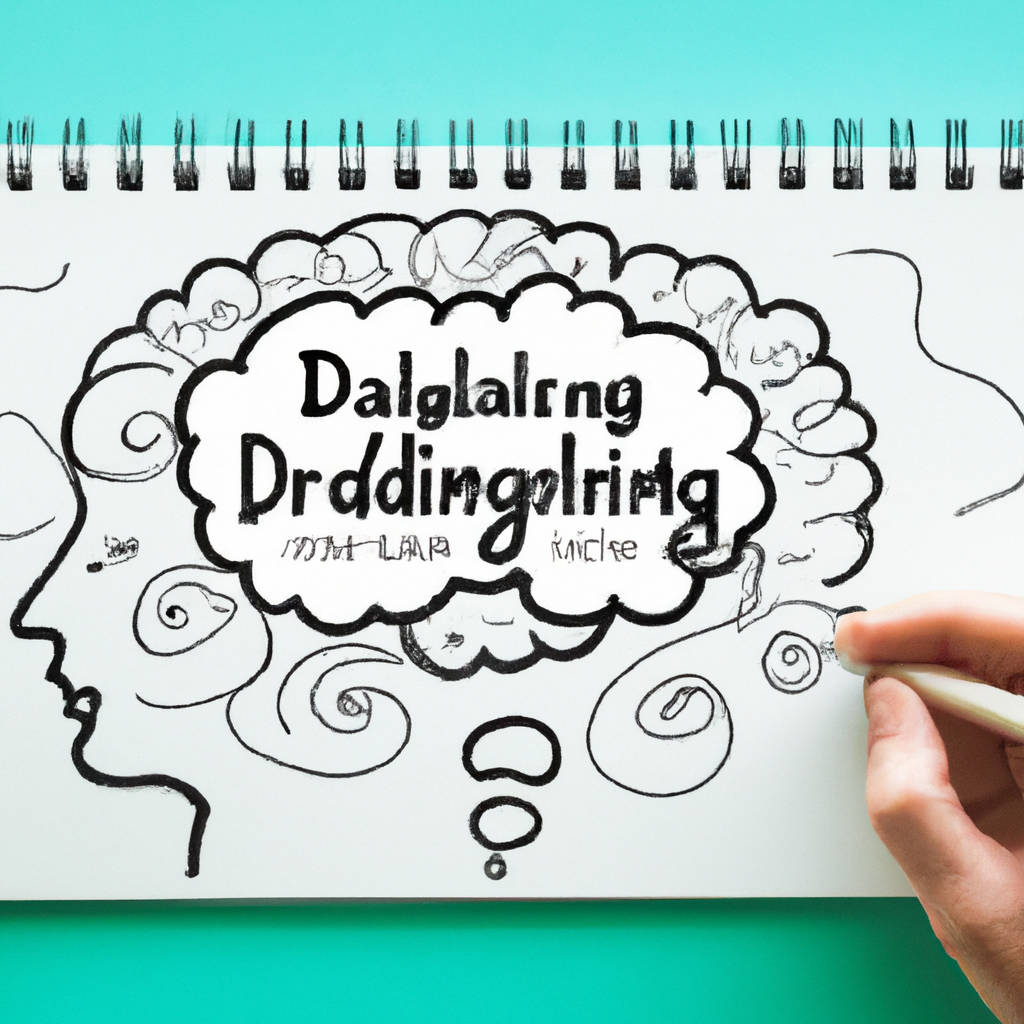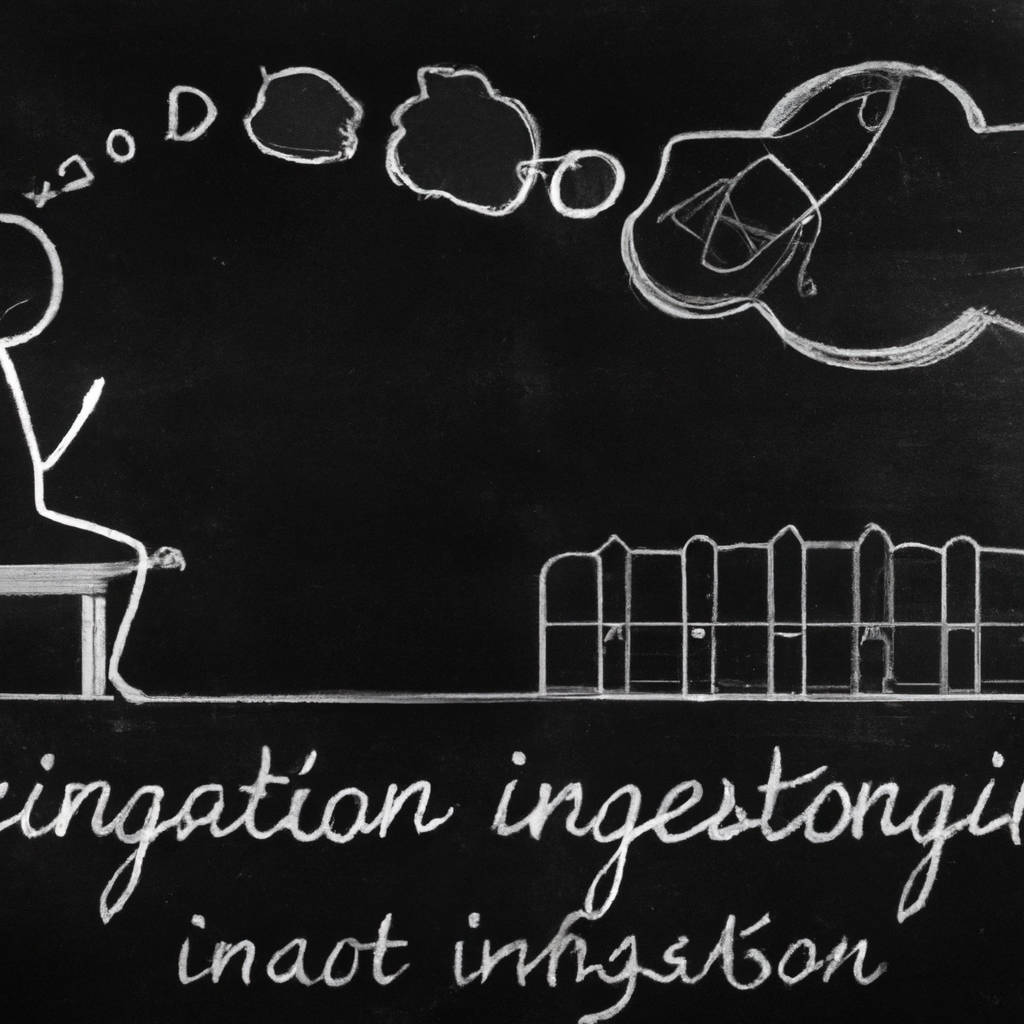Maladaptive daydreaming is a psychological concept that refers to an extensive form of fantasizing or daydreaming that interrupts an individual’s normal functioning or disrupts their daily activities. This condition, while not officially recognized as a psychiatric disorder, is often characterized by highly vivid and immersive daydreams that can last for hours at a time, and it may involve elaborate scenarios and characters. People experiencing maladaptive daydreaming can find these fantasies hard to control, and they may spend large portions of their day lost in their imagined worlds, leading to difficulties in maintaining relationships, accomplishing tasks, or even just staying focused on reality.
While daydreaming is usually a normal and even healthy activity, maladaptive daydreaming takes it to an extreme level, making it a potentially damaging habit. The concept was first identified by Professor Eli Somer of the University of Haifa, who found this behavior prevalent among individuals who had experienced childhood trauma or abuse, suggesting that it might serve as a form of mental escapism. It is crucial to understand that maladaptive daydreaming is not a sign of laziness or lack of discipline, but a real issue that can affect a person’s quality of life. As research on this subject continues, it is hoped that more effective treatments and interventions can be developed for those affected by it.

Symptoms and Impact
Symptoms and impact are two critical elements that help in understanding any situation, whether it’s a health condition, an environmental event, or a social phenomenon. Symptoms act as indicators or signs signaling the existence of a particular situation or condition. For instance, in the field of medicine, symptoms such as fever, cough, or fatigue often indicate an underlying health issue. On the other hand, the impact refers to the consequences or effects brought on by the situation or condition. Continuing with the medical example, the impact of a disease could be the disruption of daily activities, prolonged illness, or in severe cases, a threat to life.
The relationship between symptoms and impact is quite intricate, as the severity of symptoms often correlates with the degree of the impact. Understanding these two aspects can contribute significantly to addressing the situation effectively, as recognizing the symptoms early on can help mitigate the potential negative impacts. For instance, early detection of symptoms in many health conditions can lead to prompt treatment, thus reducing the adverse effects. Similarly, in environmental or social contexts, recognizing the symptoms of a pressing issue can help formulate strategies to minimize its impact. Therefore, comprehending the relationship between symptoms and impact is crucial across various disciplines.
Emotional Distress: Feelings of guilt, shame, or frustration may accompany the inability to control daydreaming.
Emotional distress is a common psychological response that many people experience, especially when they struggle to manage their daydreaming. This might seem a trivial issue to some, but it can often lead to overwhelming feelings of guilt, shame, and frustration. Daydreaming, in its essence, is not harmful. It is a natural mental activity that allows individuals to visualize their desires, hopes, and aspirations. However, when this becomes a constant, uncontrollable habit, it can have detrimental effects on a person’s emotional well-being and everyday functioning.
The guilt associated with excessive daydreaming often stems from the realization of lost time and productivity. When the individuals find themselves constantly trapped within their imaginative realms, they may start to feel guilty about not utilizing their time effectively. This guilt can be exacerbated when this habit starts to interfere with their work, personal responsibilities, or relationships.
Shame, on the other hand, can emerge from the perception of daydreaming as a childish or unproductive behavior. Society often values practicality and productivity, leaving daydreamers feeling misunderstood or stigmatized. Furthermore, the content of the daydreams can also provoke feelings of shame, especially if they involve fantasies or scenarios that the individuals deem inappropriate or unrealistic.
Frustration becomes inevitable when individuals realize they are unable to control their daydreaming despite their best efforts. The inability to stay present and focused can be intensely frustrating, leading to feelings of helplessness and despair. It is like being trapped in a cycle that they are unable to break free from, no matter how hard they try.
In conclusion, while daydreaming can serve as a temporary escape from reality, an inability to control it can lead to emotional distress. Feelings of guilt, shame, and frustration can all accompany this struggle, highlighting the importance of finding a healthy balance. Mental health professionals can provide valuable help and tools to manage this issue, ensuring that daydreaming remains a pleasant activity rather than a source of emotional turmoil.
Causes and Triggers
Causes and triggers are fundamental concepts in understanding behavior and events, in both humans and the natural world. A cause is the reason why something happens. It can be a physical force, an event, or a condition that procures a particular result. Triggers, on the other hand, are specific stimuli that initiate a reaction or series of reactions. They serve as catalysts, setting in motion a sequence of actions.
In the realm of human behavior, psychological causes and triggers are often the focus. For instance, an individual’s upbringing, past experiences, and mental state can all be causes of their actions. On the other hand, triggers are usually specific, immediate incidents or conditions that provoke a reaction. For example, a person with anxiety might be triggered by certain social situations, causing them to experience panic attacks.
In the natural world, causes and triggers function similarly, albeit in a different context. A cause might be a specific geological condition that results in an earthquake, while a trigger might be the exact moment of tectonic plate shift that initiates the quake.
It’s crucial to note that understanding causes and triggers doesn’t necessarily lead to prevention or control. This is especially true for complex systems like human behavior or natural phenomena where multiple causes and triggers can interact in unpredictable ways. However, understanding these concepts can help us anticipate potential reactions or events, and possibly mitigate their effects.
In conclusion, causes and triggers are integral to our understanding of why things happen the way they do, be it a human behavioral response or a natural event. They are the foundation upon which we attempt to make sense of the world around us, and in doing so, they empower us to navigate it more effectively.
Imagination and Coping Mechanism: Daydreaming may serve as a way to cope with stress, loneliness, or boredom
Daydreaming, despite traditionally being viewed as a frivolous waste of time, has recently emerged in psychological studies as a potential coping mechanism. This shift in perception suggests that the act of daydreaming could be a valuable tool for managing stress, loneliness, or boredom. The realm of imagination is a safe space, an internal haven where individuals can retreat from the harsh realities and pressures of daily life. By mentally navigating through different scenarios, individuals can explore various outcomes and solutions, providing a sense of control that may be lacking in their actual circumstances.
The act of daydreaming also allows for the cultivation of positive thoughts and aspirations, which can serve as a motivational force in challenging times. In terms of combating loneliness, daydreaming can provide a comforting sense of companionship as individuals can conjure up soothing images or imagine engaging conversations. Similarly, in situations of boredom, the act of escaping into one’s imagination can introduce novelty and excitement. Therefore, daydreaming is not merely an idle pastime, but a potential mental health tool that allows individuals to manage their emotions and mental wellbeing in a non-harmful, self-directed manner. It is important to note, however, that while daydreaming can be a beneficial coping strategy, it should not replace professional mental health support. If feelings of stress, loneliness, or boredom become overwhelming, it is vital to seek help from a qualified health professional. Nevertheless, this new understanding of daydreaming’s potential benefits offers a fresh perspective on the power and value of the human imagination. Through the process of daydreaming, individuals have the capacity to navigate their internal landscapes, offering themselves comfort and respite from their real-world challenges.

How to Stop Maladaptive Daydreaming
Maladaptive daydreaming, characterized by excessive, immersive, and vivid daydreaming that interferes with daily life, can be challenging to overcome. However, it’s essential to realize that it can be managed with the right approach. Firstly, recognizing and acknowledging the problem is the initial step towards recovery. Once identified, setting a specific time for daydreaming can help control it. This method ensures you’re not entirely giving it up but controlling the time you spend on it. Additionally, practicing mindfulness meditation can also aid in managing the condition. This technique helps in focusing on the present moment, thereby reducing the time spent in daydreaming. Furthermore, seeking professional help in the form of psychotherapy or counseling can be beneficial. Cognitive Behavioral Therapy (CBT), in particular, has shown promising results in treating maladaptive daydreaming. This therapy works by helping individuals change patterns of thinking, behavior, and emotional responses. Moreover, keeping yourself engaged in activities you enjoy can help divert your attention from daydreaming. It could be anything from reading, painting, playing a musical instrument, going for a walk, or even cooking. Lastly, maintaining a journal to track your daydreaming patterns can be useful in understanding triggers and working towards managing them. Remember, overcoming maladaptive daydreaming takes time and patience, but with consistent effort and the right strategies, it is absolutely achievable.
Conclusion
A conclusion is a vital part of any discourse, be it a written assignment, a speech, or a debate. It serves as the final thoughts, the summation of the entire discourse, and the point where the main ideas are reemphasized. The conclusion is not just a mere repetition of the points mentioned earlier but rather a synthesis of the key arguments, evidence, or findings that have been presented. It offers a space for the author to leave a lasting impression on the reader or listener. In a sense, it is a wrapping up, a bringing together of all the strands of the argument in a compact, clear, and compelling way.
Moreover, a conclusion can also pose further questions or suggest areas of study that could be pursued in the future. This is particularly true in academia where a conclusion often opens up a discourse to further investigation. It leaves the audience with a comprehensive understanding of the topic, allowing them to reflect on the implications of the points raised. Therefore, a conclusion is not just an end, but it is a crucial part of any discourse that gives the audience a sense of closure and completeness. It should be composed thoughtfully and effectively to resonate with the audience and leave a lasting impact.